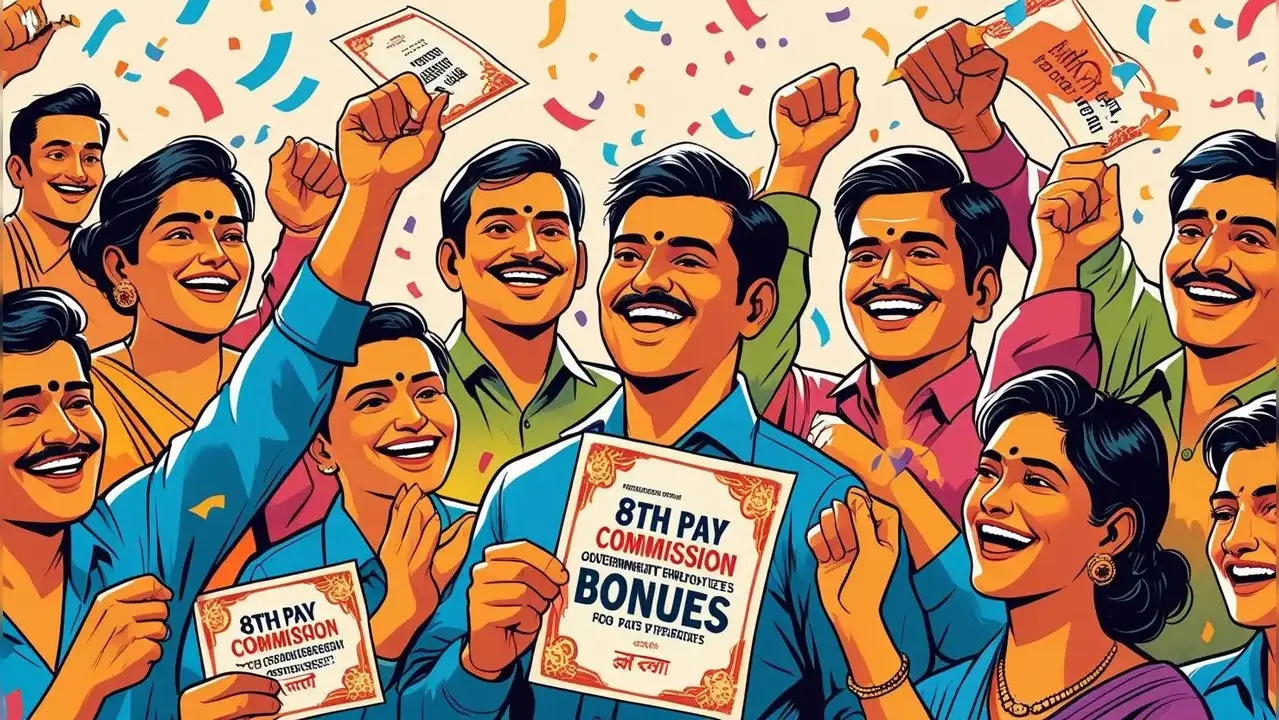
Major Salary Revisions Set for Central Government Employees in 2026
The Indian government has finalized the establishment of the 8th Pay Commission, marking a significant shift in the pay structure for over one crore central government employees and pensioners. This reform, set to take effect on 1 January 2026, promises substantial revisions to basic salaries, pensions, and allowances. Central to this overhaul is the proposed increase in the fitment factor from 2.57 (used in the 7th Pay Commission) to 2.86. This adjustment is expected to create a ripple effect, significantly boosting take-home pay across all grades. Senior officials confirm that the revised pay scales will be implemented by the new year, with the Commission’s final report anticipated by mid-2025. The changes aim to address long-standing disparities in compensation and align salaries with current economic realities.
Projected Salary Increases and Allowance Adjustments
Internal estimates suggest that the minimum basic pay for central government employees could surge from Rs 18,000 to Rs 51,480, while minimum pensions might rise from Rs 9,000 to Rs 25,740. These figures, based on the proposed fitment factor of 2.86, highlight the potential for widespread financial benefits. However, the exact figures will depend on the Commission’s detailed deliberations. Allowances such as House Rent Allowance (HRA) and Travel Allowance (TA) will also be recalculated, with variations based on the employee’s posting location. For instance, employees in metropolitan cities like Delhi, Mumbai, or Bengaluru may receive higher HRA slabs compared to those in smaller towns. This adjustment will create disparities in gross pay even among individuals in the same pay band.
Impact on Statutory Contributions and Post-Retirement Benefits
The revised pay scales will directly affect statutory contributions such as those to the National Pension System (NPS) and the Central Government Health Scheme (CGHS). Under the NPS, employees contribute 10% of their basic pay and dearness allowance (DA), with the government matching it at 14%. Higher salaries will lead to increased contributions, potentially altering post-retirement benefits. Similarly, CGHS contributions will rise with the new pay structure, impacting healthcare coverage for government employees and pensioners. These changes underscore the need for a balanced approach, ensuring financial sustainability while addressing employee demands.
Political Implications and Fiscal Considerations
The timing of the 8th Pay Commission’s recommendations coincides with the 2026 Union Budget and the next general elections, prompting political analysts to view this as a strategic move. While the salary hike is seen as necessary to improve living standards, experts caution against overlooking fiscal constraints. A former member of the 7th Pay Commission emphasized the importance of balancing employee demands with economic realities, noting that the fiscal deficit remains a critical concern. The government faces the challenge of implementing these reforms without compromising long-term financial stability. The final report, expected by late 2025, will undergo Cabinet scrutiny before being notified to the public.
Estimated Salary Revisions Across Pay Grades
The projected revisions offer a benchmark for understanding the potential impact on different pay grades. For example, Grade 2000 (Level 3) employees might see their basic pay rise from Rs 18,000 to Rs 57,456, with a gross salary of Rs 74,845 and a net take-home of Rs 68,849. Similarly, Grade 6600 (Level 11) employees could experience a basic pay increase to Rs 1,84,452, leading to a gross salary of Rs 2,35,920 and a net take-home of Rs 2,16,825. These estimates, while subject to final approval, highlight the transformative nature of the proposed changes. The Commission’s recommendations will ultimately determine the exact figures, ensuring alignment with both economic and administrative considerations.




